A problem sometimes faced by those who have wood-panelled houses, particularly with wainscoting, is the growth of mould. As well as looking unsightly, wood can rot if you don't take steps to protect it and remove the mold. Given this risk, I'm sure many of you are wondering why wood continues to be chosen by architects for their projects? And why does it only appear in some houses? I was chatting the other day with a friend who builds houses in Norway. He told me that the vast majority of houses there are clad in wood, but he never sees mold on it. In Romania, on the other hand, there are more houses where black mold stains are a common sight than nice clean ones. I was wondering, what is the cause, why is mold so common here? From my point of view there are several causes that lead to this result, the most important being the wrong technical solutions that allow water to stagnate on the wood and the lack of ventilation.
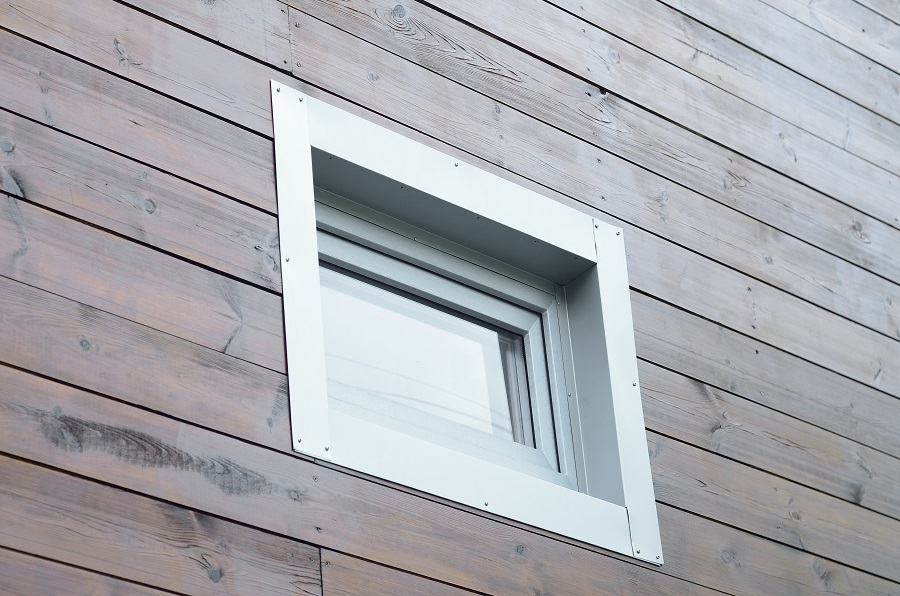
Wetness - water stagnates on wood
Mold is a fungus and like any fungus, it prefers moisture. In fact, there are many types of fungi that cause mold and they all multiply by spores. The spores are carried in the air by the wind, and end up on different surfaces - stone, marble, wood. When they find a favorable environment, i.e. persistent dampness, they settle and grow. Green, black or blue spots appear, depending on the type of fungus, first as dots from place to place. In a favorable environment, the dots become spots and grow until they coalesce to cover the whole surface. As the mold grows, it keeps the environment moist, so the wood begins to degrade, allowing the fungus to penetrate deeper. If left unchecked, the wood deteriorates more and more until it can no longer be salvaged.
In order to prevent mold from growing, water must be able to drain from the surface of the wood, not accumulate and not stagnate. Water stagnates on wood veneer because the wood/lamber has been incorrectly installed or incorrectly processed. If you have the curiosity to look at an old peasant fence you will see that the planks are milled at an angle at the top (they have a point) and the edges, both top and bottom, are slightly angled. This prevents water from collecting and allows it to drain away.
Problems often occur at the base of the construction. This is why solutions must be adopted that do not allow water to accumulate. The wood used for cladding should not come into contact with the ground, as this is the surest way to damage the wood. Also, the minimum distance from the ground should be at least 30 cm to avoid rain splashes bouncing off the wood once it hits the ground. If, however, the wood does reach very low down, large awnings or eaves should be provided to protect it as well as possible. Last but not least, the wood used should be treated (by autoclave impregnation) or very well finished and regularly maintained.
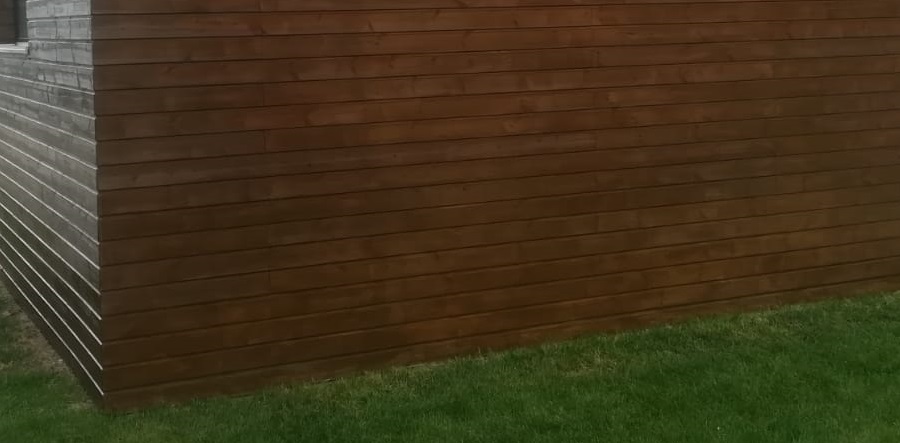
Ventilation - wet wood cannot dry quickly without ventilation
Even if the water runs off, the wood remains wet behind. In order to keep the drying time as short as possible, air needs to circulate. Air circulation is more important than temperature. Even at high temperatures, if air is not circulating, the drying speed is slow. If the air does not move at all, even if it is warm, the streets will stay wet for longer after rain than on cooler but windy days.
In the case of wood cladding of houses there must be space between the wall and the wood so that air can circulate. Under no circumstances should the wainscot or plank be glued directly to the wall. The installation is done on a wooden or metal frame that clings to the wall of the house. This creates a space between the wainscot and the wall through which air can circulate. This is the principle of ventilated facades, a way of insulating and finishing the exterior of houses that has become very popular recently. Unlike the classic system, called the continuous or wet system, where all the layers (insulation, plaster, finish) are superimposed one on top of the other and are directly attached to the wall of the house, in the ventilated facade, between the layer of insulation mounted on the wall and the facade there are metal frames that create the ventilation space. On them are mounted paneling or panels of metal, plastic, glass or other materials from which the facade is made. On the outside of the insulation, anti-condensation, wind and insect-proof foil is fitted. It is a modern system which, in addition to providing thermal and sound insulation, allows very aesthetic architectural solutions.
To avoid incorrect installation, always call in specialists. A successful job is the result of a well-thought-out project and expert calculations. True, it may be more expensive, but avoid problems that can cost you much more.
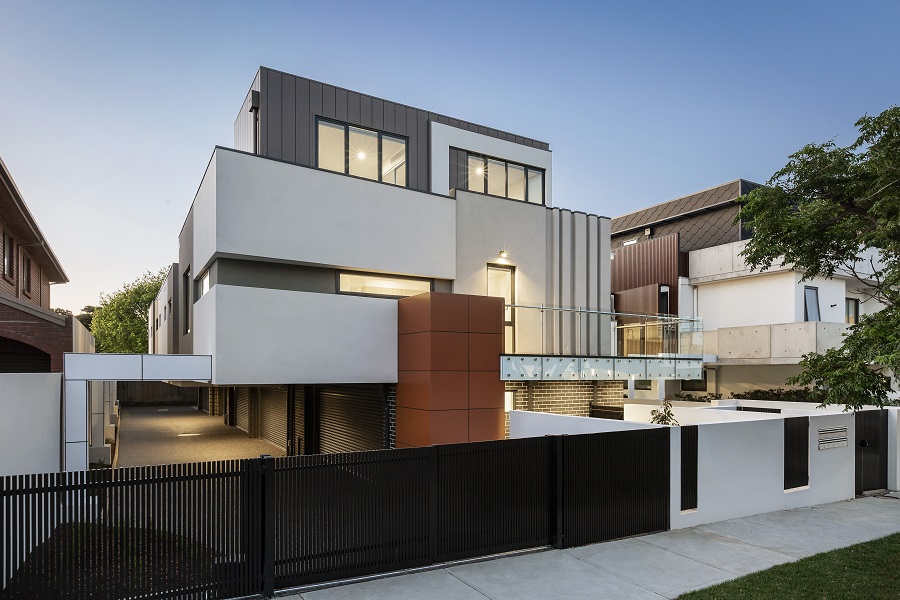
Wrong installation of paneling
The appearance of dampness that encourages the presence and growth of mold can be the result of incorrectly installed wood paneling. Paneling can be installed horizontally or vertically. If the wainscot is tongue and groove, the grooved side should always face downwards, thus avoiding water penetration and accumulation. When the cladding planks are installed by overlapping, the lower plank shall always be covered by the upper one. To avoid wood staining and rusting, the metal elements used must be stainless steel or aluminum.
There are systems that make fixing easier and allow the slats to be replaced quickly if damaged. In this case, rails and flexible clamps are used instead of screws and nails. The rails are mounted on the wall and the clips on which the wainscoting is fastened are inserted into the groove in the rail. The battens, which are milled on the back for clamping, will be fastened one after the other to the clips that slide on the rail. The system is safe and precise, allows good ventilation of the facades and quick replacement of the wainscoting if necessary.
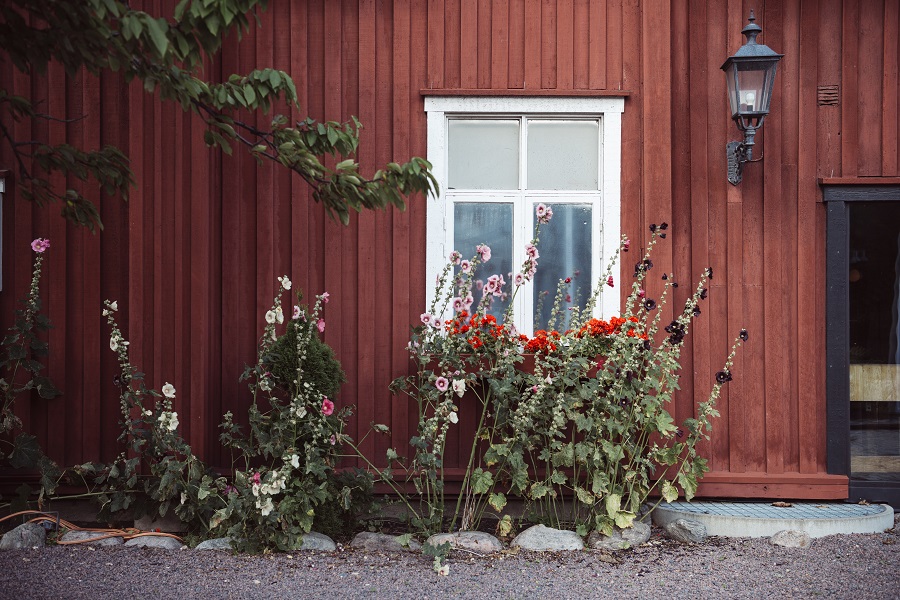
Lack of protection can lead to mold on wood
To increase moisture protection, wood used outdoors should be protected with special products. Can be used oils or outdoor varnisheswhich in addition to moisture protection also provides UV protection. Over time, this changes the natural color of the wood, which turns gray. Wood that is properly dried and does not create conditions for the growth of mildew will, under the action of the sun, take on that light bluish-grey color. If the humidity is high and the wood is unable to dry, mildew will appear and the gray color will darken, sometimes turning greenish.
More resistant than oiled or varnished wood is wood impregnated in an autoclave, under pressure or vacuum. It can be bought as such from building material firms or taken to specialized firms for treatment. These treatments allow the protective solutions to penetrate deep into the wood and provide long-lasting protection.
Even when wood is treated, mold can still occur if conditions of high humidity are met. Mildew can also develop on varnished surfaces, on PVC paneling, just as it can on stone or marble. Therefore, to avoid the growth of mold, proper drainage must be ensured to prevent water from accumulating, air must circulate, and construction solutions should be carefully chosen.

























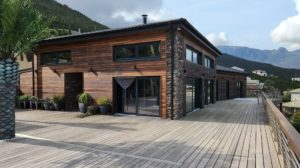
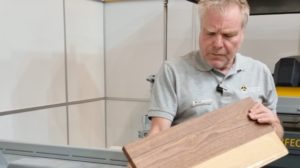
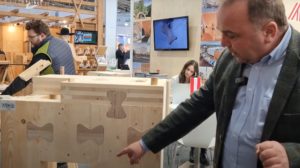
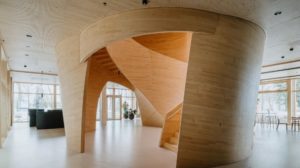

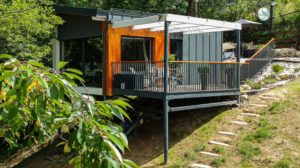





Thank you so much for the valuable information I always learn from your articles! I appreciate the professionalism with which you approach each topic and the rich detail of each one! Wonderful! Besides the fact that I also work with wood (I'm a plastic artist), I also have a wooden cottage in the country, so I read everything you write with great interest.
Thank you!
I was just about to write something similar...
That's right. Congratulations to Mrs Radu!
Thank you!